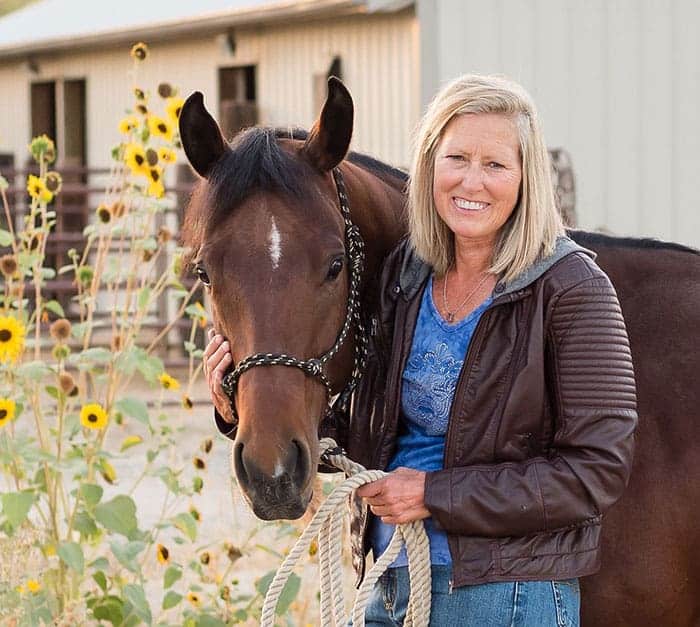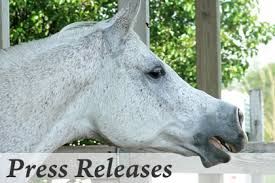Footing Q&A for Outdoor Reining Arenas
- Posted by Alayne Blickle

Interested in what kind of footing to put in your outdoor arena? I interviewed Matt Livengood, life time reining competitor, National Reining Horse Association judge since 1999, and a show manager for both reining and cowhorse events to find out what works for him (and my husband!). Livengood lives in Nampa, Idaho, where he trains, teaches lessons and shows competitively.
Q: What is the most important component of footing for your riding?
A: As a reiner I need footing to have a level, firm, packed base under the riding surface to enable the sliding stops that reiners are known for. In reining everything is done at a lope, either fast or slow. If the base has irregularities such as depressions or bumps or soft spots in it then it can cause the horse to stumble and/or catch a foot. This can negatively impacting the overall performance of the horse and even injure the horse.
Q: How deep do you like the footing to be?
A: The footing for the riding surface that is best for reining is about 2-3 inches of sand or a sand/clay mix — for outdoor arenas it should be mostly sand. This depth is sufficient to provide enough footing to allow the horse to run at speed without slipping but not so deep that it inhibits the ability to slide in the stops.
Q: Does the slope of the arena make a difference in how you ride?
A: When you say slope I assume you mean the slight angle — whether crowned or all in one direction — on outdoor arenas that allows for water to drain. A 1% slope should be sufficient to allow proper drainage off an arena. A 1% slope is barely discernible when you are riding so it really doesn’t affect the way a horse is ridden
Create a free account with TheHorse.com to view this content.
TheHorse.com is home to thousands of free articles about horse health care. In order to access some of our exclusive free content, you must be signed into TheHorse.com.
Start your free account today!
Already have an account?
and continue reading.

Written by:
Alayne Blickle
Related Articles
Stay on top of the most recent Horse Health news with












